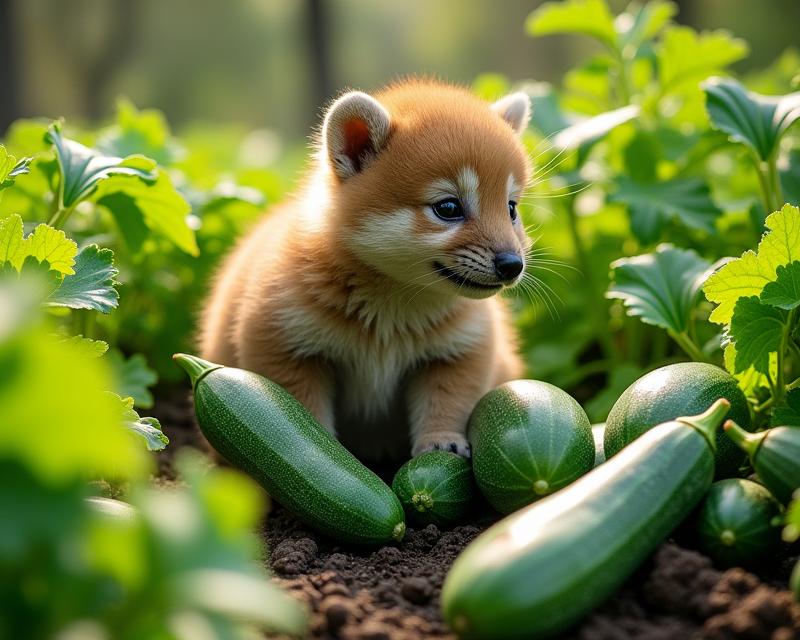Multiple Harvests: Maximize Your Yield!
Publish in Crops el 28/06/2025 22:22
Multiple Harvests: Maximize Your Yield!
Many gardeners and farmers focus solely on a single, grand harvest at the end of the season. However, a more strategic approach – planning for multiple harvests throughout the growing season – can significantly boost your overall yield and provide a continuous supply of fresh produce. This technique is particularly beneficial for crops with extended growing periods or those that offer successive harvests.

Why Choose Multiple Harvests?
The benefits of multiple harvests are numerous. Firstly, it prevents a glut of produce all at once, which can lead to spoilage and price drops (if selling). Secondly, it provides a more consistent supply of fresh food for your table. Thirdly, it can extend the productive lifespan of certain crops, allowing you to reap the rewards for a longer period. Finally, it can help manage pests and diseases more effectively by breaking up the continuous exposure of a single crop.
Planning Your Harvests
Successful multiple harvests require careful planning. Consider the growth cycles of your crops. Leafy greens like lettuce and spinach are excellent candidates for cut-and-come-again harvesting, where you harvest outer leaves while allowing the inner leaves to continue growing. Beans, peas, and certain fruiting vegetables like zucchini and cucumbers can also be harvested in stages. Research the optimal harvest intervals for each crop you're growing. Keep a garden journal to track planting dates, growth progress, and harvest times – this will be invaluable for future planning.
Examples of Crops for Multiple Harvests
Several crops thrive with multiple harvests. Lettuce is a classic example, offering harvests every few weeks. Radishes mature quickly and can be harvested repeatedly. Bush beans produce multiple harvests over a period of several weeks. Zucchini and summer squash can yield a continuous supply if harvested regularly. Even some herbs, like basil and mint, can be harvested in small amounts throughout the season. By incorporating these strategies, you can transform your garden into a continuous source of fresh, delicious food. Don't be afraid to experiment and find what works best for your specific climate and growing conditions.





